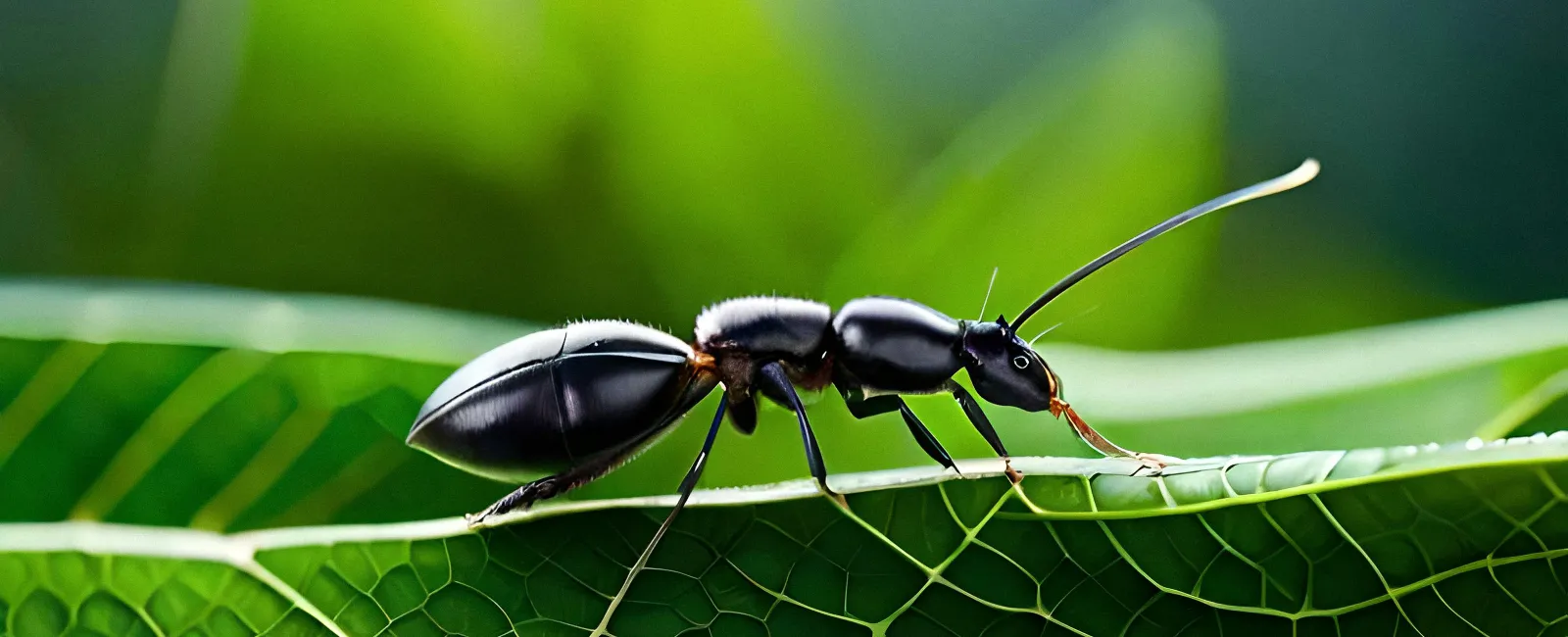
You’re enjoying a beautiful summer day in your backyard when you suddenly notice a trail of ants marching up the trunk of your beloved oak tree. Upon closer inspection, you realize they’re not just any ordinary ants – they’re carpenter ants. Your heart sinks as you contemplate the potential damage these industrious insects could inflict on your prized tree.
Carpenter ants in trees are a significant threat that should never be taken lightly. These wood-dwelling insects can cause extensive structural damage to trees, compromising their health and stability. In this comprehensive article, we’ll delve into the world of carpenter ants, exploring their biology, behavior, and the potential impact they can have on trees. We’ll also provide practical tips and strategies to help you identify, prevent, and effectively deal with carpenter ant infestations in your beloved trees.
Understanding the Carpenter Ant
A Closer Look at These Formidable Insects
Before we dive into the specifics of carpenter ants in trees, let’s first understand the nature of these remarkable creatures. Carpenter ants are large, black ants that are known for their ability to excavate intricate tunnels and nests within wood. Unlike termites, which consume wood for sustenance, carpenter ants merely create pathways and living spaces within the wood, leaving behind a trail of sawdust-like material.
These ants are highly adaptable and can establish their colonies in various types of wood, including trees, logs, stumps, and even structural timbers in buildings. They are particularly attracted to moisture-damaged or decaying wood, making trees with rotting branches or trunks prime targets for infestation.
The Destructive Impact of Carpenter Ants on Trees
How Carpenter Ants Can Spell Trouble for Your Trees
While carpenter ants may seem like harmless creatures, their presence in trees can have devastating consequences. As they excavate their tunnels and nests within the tree’s trunk, branches, or roots, they can weaken the structural integrity of the tree, making it more susceptible to damage from strong winds, storms, or even its own weight.
The extent of the damage caused by carpenter ants largely depends on the size of the colony and the duration of the infestation. In some cases, the ants may only create a small network of tunnels, causing minimal harm. However, in severe infestations, the extensive tunneling can lead to the complete hollowing out of the tree’s interior, leaving it vulnerable to collapse.
Identifying Carpenter Ant Infestations in Trees
Signs to Watch Out For
Early detection is key when it comes to dealing with carpenter ant infestations in trees. Here are some telltale signs to watch out for:
- Sawdust-like Material: One of the most obvious indicators of a carpenter ant infestation is the presence of sawdust-like material near the base of the tree or around entry points. This material is the result of the ants’ tunneling activities.
- Ant Trails: If you notice a steady stream of ants moving in and out of your tree, it’s a clear sign that a colony has taken up residence within.
- Hollow Sounds: Use a tool like a screwdriver or a hammer and gently tap on the tree’s trunk or branches. If you hear a hollow sound, it could indicate that the interior has been hollowed out by the ants.
- Visible Damage: In advanced stages of infestation, you may notice visible signs of damage, such as cracked bark, irregular holes, or even portions of the tree that appear to be collapsing.
Preventing Carpenter Ant Infestations in Trees
Proactive Measures to Protect Your Trees
While dealing with an active carpenter ant infestation can be challenging, taking preventive measures is always the best approach. Here are some strategies to help keep these destructive insects at bay:
- Maintain Tree Health: Healthy trees are less susceptible to insect infestations. Ensure that your trees receive proper water, nutrients, and pruning to maintain their overall vigor and resistance.
- Remove Dead or Decaying Wood: Carpenter ants are attracted to moisture-damaged or decaying wood. Regularly inspect your trees and remove any dead branches, stumps, or logs from the surrounding area.
- Use Insecticides or Baits: Consult with a Caldwell Tree Care to explore the use of insecticides or baits specifically designed to target carpenter ants. These products can help eliminate existing colonies and deter future infestations.
- Encourage Natural Predators: Certain birds, like woodpeckers, and other insects, like parasitic wasps, are natural predators of carpenter ants. Encouraging their presence in your yard can help keep ant populations in check.
Dealing with Active Carpenter Ant Infestations
Effective Strategies for Eliminating Carpenter Ants from Trees
If you suspect an active carpenter ant infestation in your tree, it’s essential to take prompt action to prevent further damage. Here are some effective strategies to consider:
Professional Assistance
In severe cases or when the infestation is widespread, it’s advisable to seek professional, such as Caldwell Tree Care, for help from our licensed arborists and pest control specialist. We have access to specialized treatments and techniques to effectively eliminate carpenter ant colonies while minimizing harm to the tree.
Chemical Treatments
Depending on the severity of the infestation and the tree’s condition, chemical treatments may be recommended. These treatments typically involve injecting insecticides or baits directly into the tree’s trunk or applying them to the affected areas. It’s crucial to follow the instructions provided by the professionals and exercise caution when handling these products.
Mechanical Removal
In some cases, mechanical removal of the infested portions of the tree may be necessary. This approach involves carefully removing the affected branches or sections of the trunk and treating the remaining wood to prevent further infestation.
Conclusion: Protecting Your Trees from Carpenter Ants
Carpenter ants in trees can be a formidable force to reckon with, but with proper knowledge and proactive measures, you can safeguard your beloved trees from their destructive impact. Remember, early detection and prompt action are key to preventing significant damage and ensuring the long-term health and stability of your trees.
If you suspect a carpenter ant infestation or simply want to take preventive measures, don’t hesitate to consult with Calwell Tree Care for your professional arborist needs. We can provide tailored solutions and guidance to help you effectively manage and prevent carpenter ant infestations in your trees.
By understanding the nature of these industrious insects and implementing the appropriate strategies, you can enjoy the beauty and serenity of your trees for years to come, without the constant threat of carpenter ant destruction.
